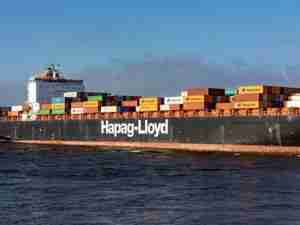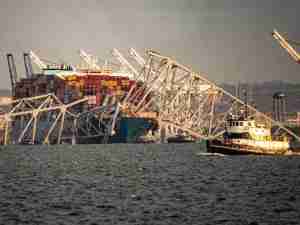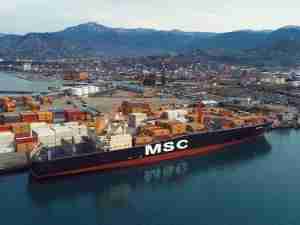Baltic sea freight index at all-time low as weak cargo demand takes toll
By: Reuters | Feb 09 2015 at 01:16 PM | Liner Shipping
The Baltic Exchange’s main sea freight index, tracking rates for ships carrying dry bulk commodities, slid to an all-time low on Monday as sluggish cargo demand especially from China battered sentiment.
The overall index, which gauges the cost of shipping resources including iron ore, cement, grain, coal and fertiliser, was down 5 points, or 0.89 percent, at 554 points, the lowest level for which Baltic data is available that dates back to January 1985.
The index, also seen by investors as an indicator of global industrial activity, last touched this level in August 1986.
“We are all shocked at how bulk carrier earnings have collapsed this year. It was not supposed to happen this way,” consultants Hartland Shipping Services said.
“This has left owners trading ships at well below operating costs, further draining their already depleted cash resources and fading equity.”
In one of the first casualties of the recent downturn, privately-owned shipping company Copenship said last week it had filed for bankruptcy in Copenhagen after losses in the dry bulk market.
The poor outlook is also hurting other players. One of the world’s leading dry bulk shipping companies, Copenhagen-based D/S Norden, said in December it expected a full-year 2014 EBITDA loss of between $290 million and $230 million.
Brokers said the dry bulk market was expected remain in the doldrums due to weak commodity demand at present especially from top global importer China.
“This year, unfortunately for the dry bulk industry, we are approaching the Golden Week (annual public holiday in China) with a market that is at its lowest level ever,” said Marc Pauchet of broker Braemar ACM on Monday.
“Freight rates for all sizes are extremely depressed and there is not much more erosion that can be accommodated. Similarly, after the Spring Festival, the scope for recovery will be limited.”
Pauchet said given index’s current pattern, it was likely to hover between 700 to 800 points towards the middle of March.
Weak demand for commodities, such as iron ore, has put pressure on smaller, higher-cost producers and this has taken its toll on the dry freight market.
The capesize index, shed 2 points, or 0.29 percent to 687 points on Monday.
Average daily earnings for capesizes dropped $24 to $6,719. Capesizes typically transport 150,000-tonne cargoes such as iron ore and coal.
The panamax index, which usually carry coal or grain cargoes of about 60,000 to 70,000 tonnes, was up four points to 434 points. Average daily earnings for panamaxes, inched up by $36 to $3,466.
The supramax index slipped 7 points at 523 points, and the handysize index fell 6 points to 295 points.









